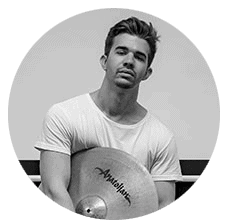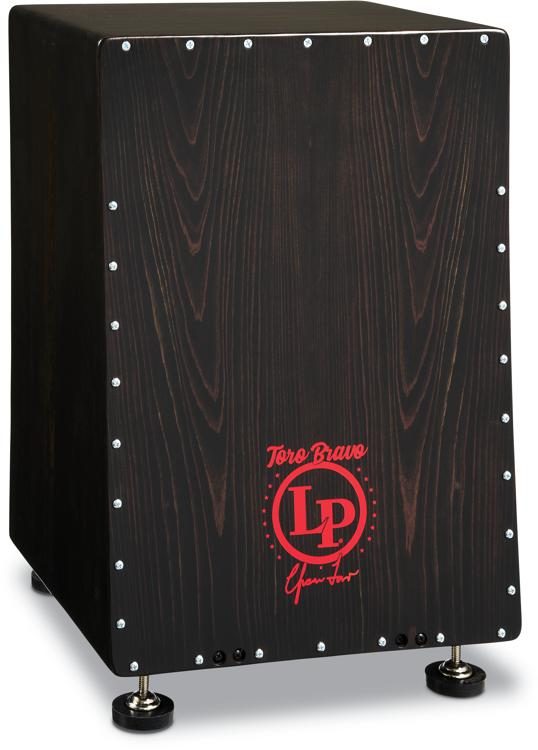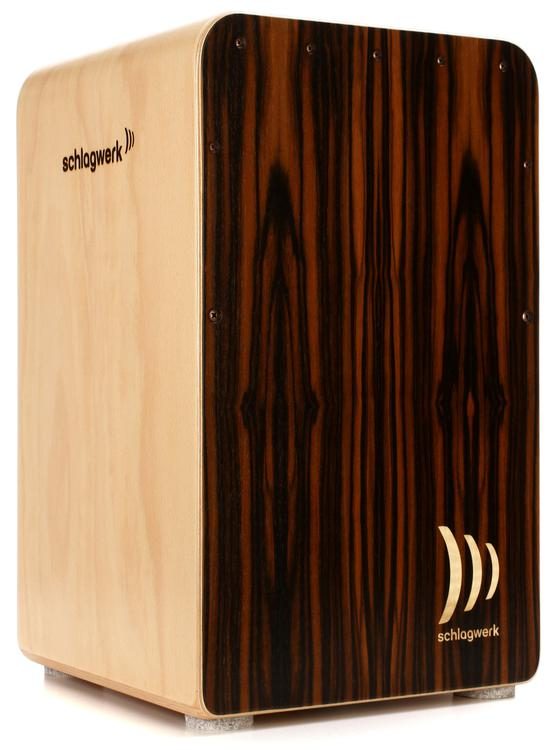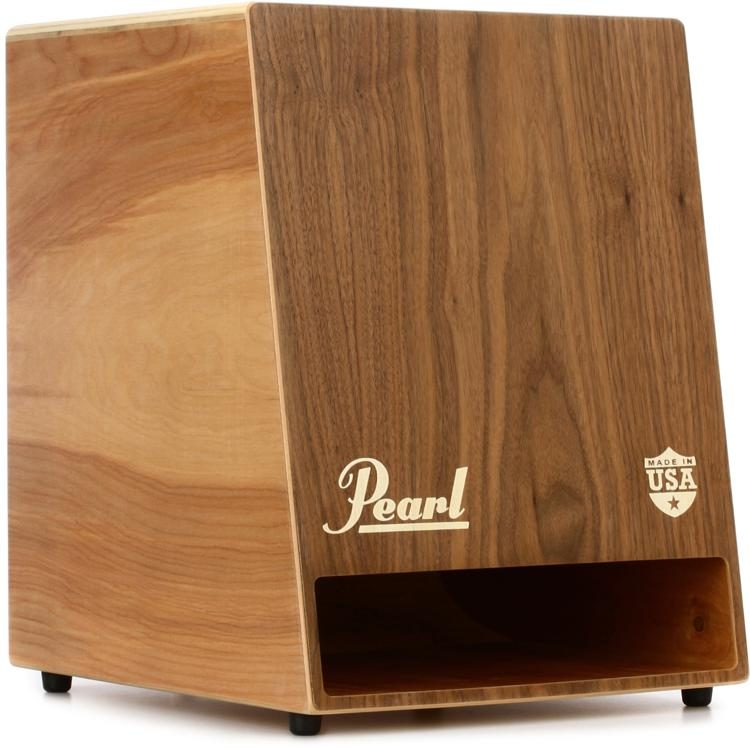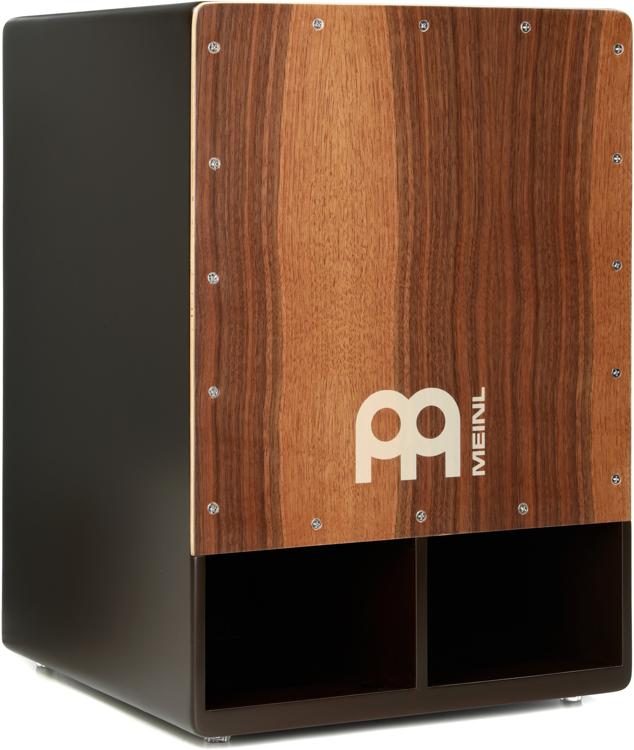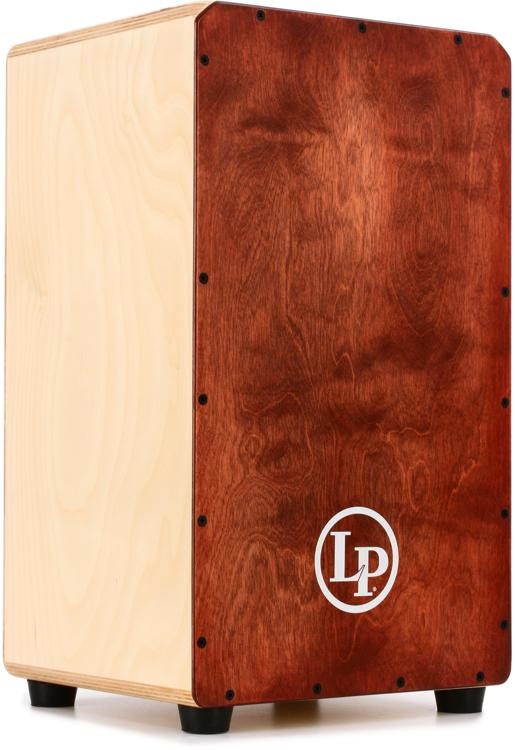ORIGINS OF CAJON DRUMS
The term Cajon is of Spanish origin, and it literally represents a “box” or “crate”. The instrument which bears this name originated in Peru in the 18th century, and it was widely used by street performers and band musicians alike.
This instrument was most frequently used in flamenco and jazz music genres, but various musicians used it in other settings as well.
Namely, the Cajon was so often used in flamenco that a special sub-type of Cajon was developed – the Flamenco Cajon.
HOW DOES A CAJON DRUM WORK
Essentially, Cajon Drums operate in a similar manner to that of any percussive instrument. Namely, the construction of the Cajon Box Drum is very specific, and it acts as an acoustic housing which emits sound when the player “slaps” it.
The main deal is that different sounds are produced depending on the specific area hit and the tension of the wires inside the housing. First of all, the wires are tightly linked to the tension of the Cajon drum’s surface, and they literally make it firm or loose.
Apart from that, some areas are larger, which results in the increased acoustic effect. On that matter, we can easily compare the basic method of operation of a Cajon Drum to a standard snare. As you might’ve already known, the snare also produces different sounds depending on the surface hit.
HOW TO PLAY CAJON DRUMS
Most people think that playing Cajon drums is simple. That is not necessarily true due to the fact that you must control the strength between each stroke while maintaining precision and accuracy. First of all, let’s break this topic into two vital sub-sections.
There’s a difference between the Cajon Box and Cajon Drums. The Cajon Box is a standalone single Cajon piece while the Cajon Drums represent a setup of 2 or more Cajon boxes. Concerning the single Cajon Box, the method of playing is quite simple. The player needs to sit on top the Cajon and strike the areas in order to produce sound.
As for the Cajon Drums, the player can either sit atop one of the drums (if the setup allows it), or sit on the drummer stool (or any other convenient furniture piece).
